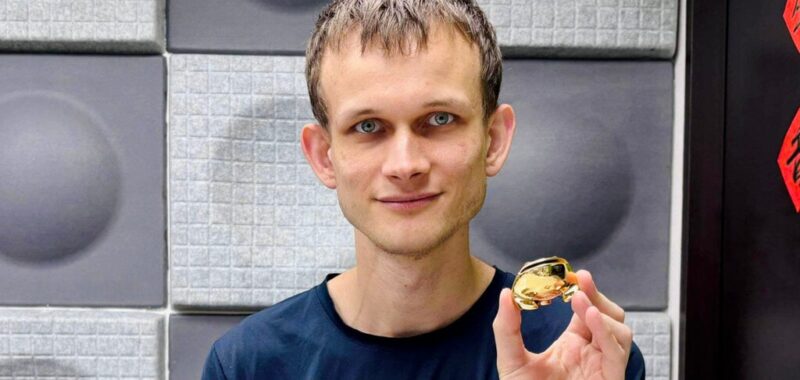Ethereum co-founder Vitalik Buterin laid out a set of proposed metrics to assess what he calls “Ethereum alignment.”
In a recent blog post, Buterin discusses how evaluating alignment could help ensure that the network’s developers, validators, and users share a unified vision that adheres to the core principles of Ethereum.
Buterin’s focus on alignment ties closely to Ethereum’s open-source nature and decentralized philosophy. A key goal of Ethereum alignment is making sure that the protocol is a ‘credible neutral platform’,” he wrote.
“Ethereum is a project with many different stakeholders,” Buterin added, “and so there are many different types of alignment that we care about.”
According to Buterin, the purpose of these metrics is to assess key areas where alignment matters most, including adherence to protocol upgrades, engagement in governance, and efforts to minimize centralization risks.
“People being aligned on agreeing on and participating in upgrades that improve the protocol is a crucial part of what it means to have Ethereum alignment,” he explained.
A major point Buterin brings up is the open-source character of Ethereum, noting its potential for both collaboration and division.
“The open-source character of Ethereum allows anyone to participate, but this also means we must have shared understandings and values,” he wrote.
He states how establishing such metrics is crucial to ensure that the ecosystem grows in a way that does not compromise its open-source and decentralized nature.
Buterin acknowledges that the concept of alignment is complex and that “measuring alignment is difficult” but necessary for understanding how the ecosystem is moving collectively.
According to the co-founder, maintaining a clear vision through these changes is crucial: “If we do not align properly, we risk heading down a path where individual incentives could diverge from the collective vision.”
At the core of Buterin’s proposal is the belief that alignment is fundamentally about shared values, social structures, and beliefs within the community.
“If different parts of the ecosystem become misaligned on the fundamental values of what Ethereum is and why it exists, then they could end up fragmenting the ecosystem,” he warns.
The need for alignment becomes even more pronounced as Ethereum undergoes critical changes, including its transition from proof-of-work to proof-of-stake, scalability improvements, and other upgrades.
Edited by Stacy Elliott.

